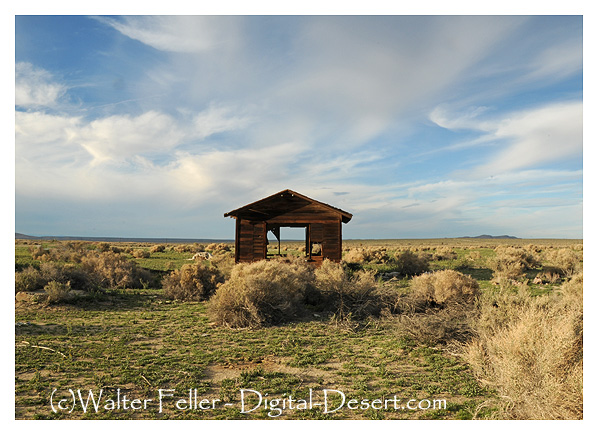
Jackrabbit Homesteads, a unique phenomenon in the American Southwest, hold a significant place in the region’s history and culture. These small, rustic cabins were built on public lands in the mid-20th century. They offered settlers the opportunity to claim a piece of the desert and forge their own paths. We will explore the intriguing story behind these homesteads and their enduring legacy.
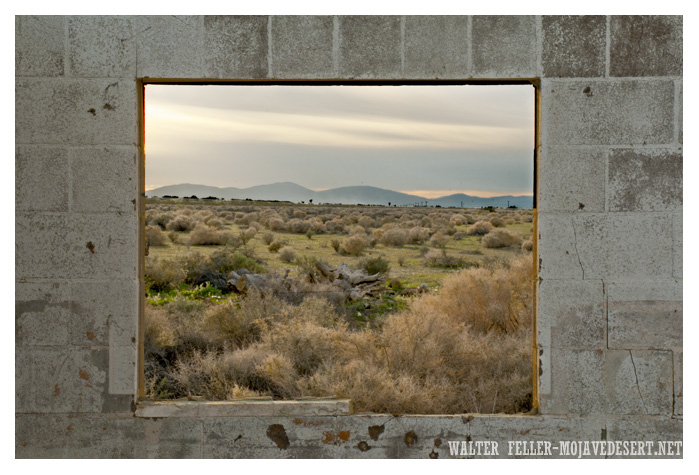
The establishment of Jackrabbit Homesteads dates back to the passage of the Small Tract Act of 1938, which aimed to encourage settlement on federal lands. Under this act, individuals could claim up to five acres of land and build a dwelling upon it. Many of these homesteads were constructed between the 1950s and 1970s, attracting individuals seeking a simpler, off-grid lifestyle or a weekend getaway from the hustle and bustle of city life.
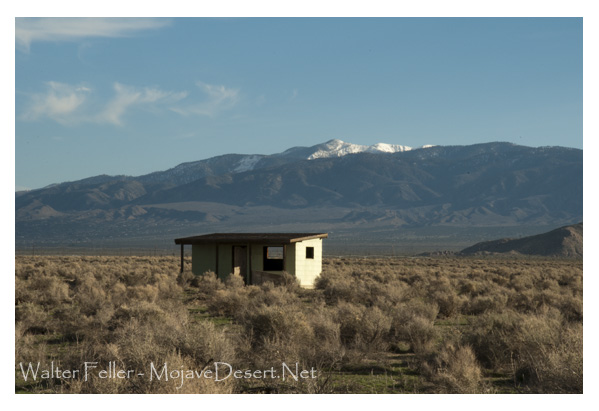
Jackrabbit Homesteads were typically modest, one-room cabins constructed from inexpensive materials such as concrete blocks or plywood. These structures were often sparsely furnished, reflecting the self-sufficient nature of the homesteaders who built them. Although lacking in modern amenities, these homesteads provided a sense of freedom and a connection to the surrounding natural landscape.
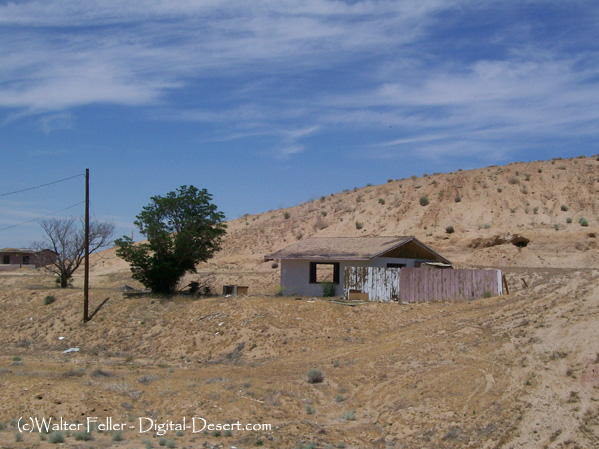
Living on a Jackrabbit Homestead required resourcefulness and willingness to adapt to harsh desert conditions. Homesteaders relied on rainwater catchment systems and solar power; many grew their own food or raised livestock. The simplicity of this lifestyle allowed individuals to reconnect with nature and find solace in the vast desert.
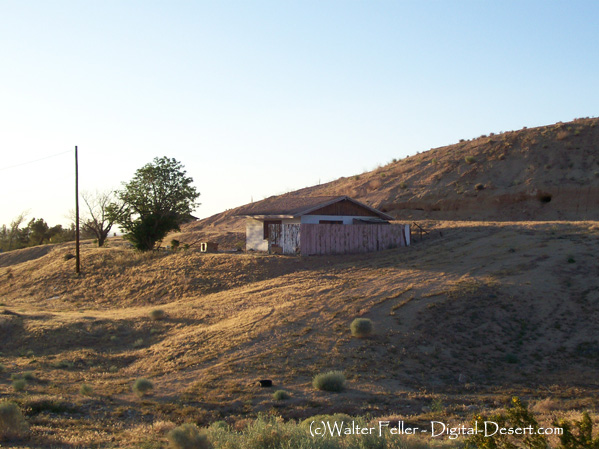
While Jackrabbit Homesteads have passed, their legacy lives on. Many homesteads have been abandoned or repurposed today as reminders of a bygone era. Some have even been transformed into art installations or preserved as historical landmarks. The National Park Service has recognized the cultural significance of Jackrabbit Homesteads and is working to preserve and document these unique structures.
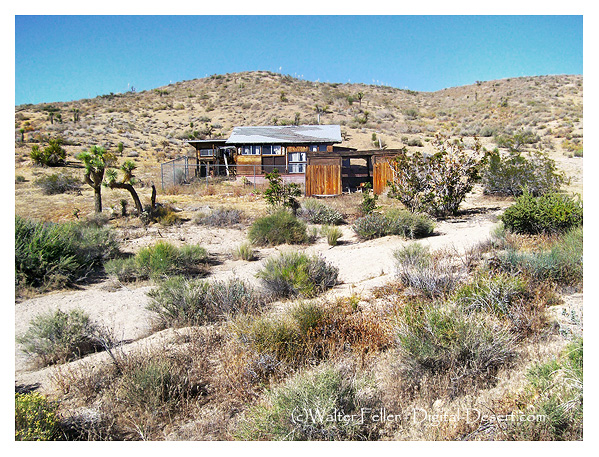
For those intrigued by the allure of Jackrabbit Homesteads, there are opportunities to explore and experience these historic sites. For instance, Joshua Tree National Park in California is home to several preserved homesteads that offer a glimpse into the past. Visitors can wander through these time capsules, imagining the lives of the individuals who once called these cabins home.
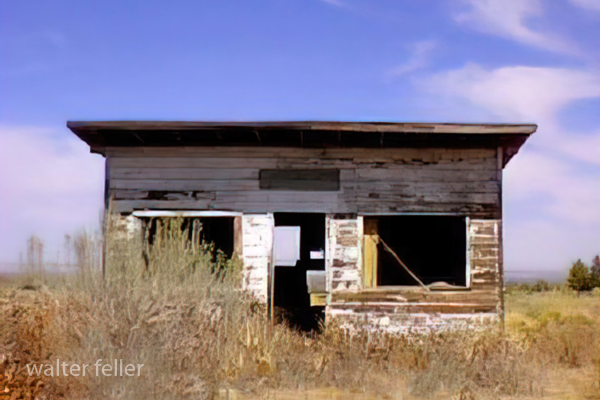
Jackrabbit Homesteads are a testament to the human spirit of resilience and the desire for independence. Scattered across the desert landscape, these modest dwellings tell a story of determination and self-sufficiency. While the era of homesteading may have faded, the legacy of Jackrabbit Homesteads continues to captivate and inspire those who appreciate the allure of a simpler way of life.
(c) Walter Feller